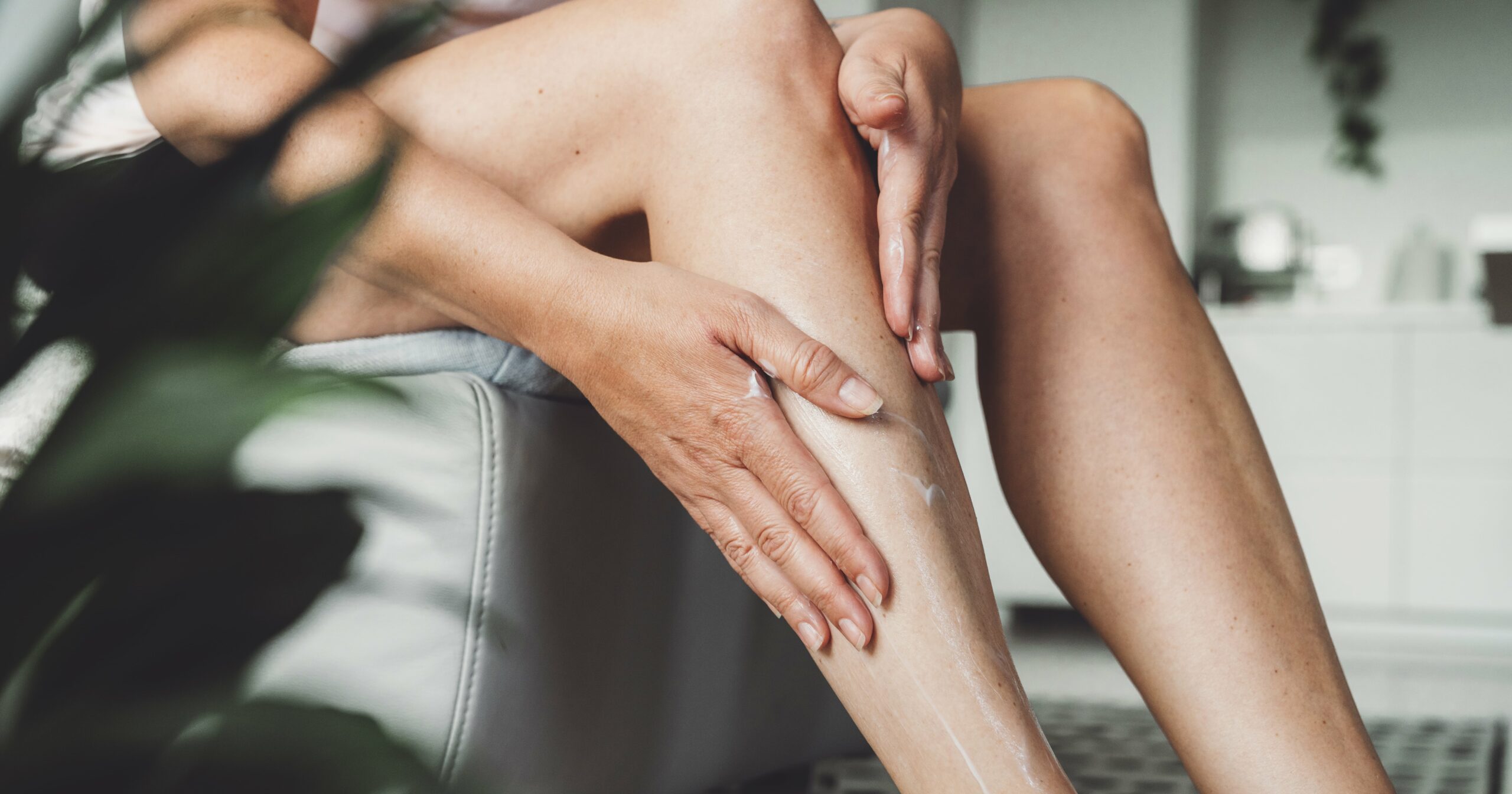If you’ve noticed small red bumps around your scalp or anywhere that hair grows, no need to sound the panic alarm just yet. You might be dealing with folliculitis, a very common infection of the hair follicle that can be caused by a variety of reasons (we’ll get to them later). While some people experience itchy, sore, or even painful bumps, others might not notice the inflammation for some time. It really just depends on the person.
We asked two board-certified dermatologists to explain folliculitis, its causes, whether it’s contagious, and, most importantly, how to treat it. Keep reading to find out.
Experts Featured in This Article
Lauren Penzi, MD, FAAD, is a board-certified dermatologist based in Long Island, NY.
Brendan Camp, MD, FAAD, is a double board-certified dermatologist and clinical assistant professor of dermatology at Weill Cornell Medical College.
What Is Folliculitis?
According to board-certified dermatologist Lauren Penzi, MD, folliculitis is a common, generally benign skin condition in which the hair follicle becomes infected or inflamed, forming a pustule or erythematous papule on the overlying hair-covered skin. In even simpler terms, folliculitis refers to inflammation of the hair follicles, causing the appearance of acne-like bumps.
What Causes Folliculitis?
Per Brendan Camp, MD, a double board-certified dermatologist, folliculitis can be sterile, meaning that no microorganism is responsible for its formation. Instead, he explains it might be caused by blocked pores from oil, dead skin cells, or product residue. Friction can also contribute to the formation of folliculitis. Dr. Penzi adds that the most common cause is bacteria, but other common culprits include yeast and fungus (known as pityrosporum folliculitis), viruses (herpes, molluscum), and demodex (a type of mite normally present in the pilonidal sebaceous area of the skin). “Bacterial exposure from contaminated gym equipment, hot tubs, or close physical contact with others that have bacterial skin infections can be sources of infection,” Dr. Camp says.
Folliculitis Symptoms
According to Dr. Penzi, folliculitis can be asymptomatic or symptomatic, but the most common symptoms include itching, burning, and pain or tenderness at the site of the infection. If you’re analyzing your body, Dr. Camp says that folliculitis can manifest as pink or red acne-like bumps on the skin. Some cases may even appear as small pustules.
What’s the Link Between Hot Tubs and Folliculitis?
If you spend a lot of time après-ski, be on alert since hot tubs are a common culprit when it comes to folliculitis. Dr. Penzi explains that hot tubs can cause what is known as gram-negative bacterial folliculitis, or “hot tub folliculitis.” She adds, “This condition results from the bacteria Pseudomonas aeruginosa. It typically arises after exposure to contaminated water from either an improperly treated swimming pool or hot tub,” she says.
Can You Contract Folliculitis After Waxing?
Another frequent offender is waxing. “Waxing pulls the hair from the roots, causing trauma to the follicles and making them more susceptible to pathogens. Bacteria from the skin or waxing tools can then enter the hair follicle and cause folliculitis,” Dr. Penzi says. One way to prevent this is to ensure that the skin is thoroughly cleansed prior to waxing and to protect the integrity of the skin barrier after waxing by using a moisturizer. “If skin tears occur as a result of waxing, protect it with ointment-based moisturizers or antibacterial ointments,” he adds.
Is Folliculitis Contagious?
Generally, no. Especially when it comes to common cases caused by superficial bacteria. However, Dr. Penzi says there are exceptions for some specific cases, like those caused by staph, the herpes virus, fungi, and pseudomonas, which can spread by contact. It can also spread if bacteria are transmitted through close personal contact or shared personal care products, adds Dr. Camp.
Folliculitis Treatments
If you’re wondering how to treat folliculitis, Dr. Camp says it may go away on its own. “Folliculitis that does not resolve on its own or worsens can be treated with antibacterial and acne cleansers, topical antibacterial prescriptions, oral antibiotics, and topical corticosteroids,” he says.
Each type of folliculitis requires a different treatment approach. According to Dr. Penzi, bacterial folliculitis is typically treated with topical or oral antibiotics. For gram-negative folliculitis, which is caused by Pseudomonas, certain antibiotics such as ciprofloxacin are used. Pityrosporum folliculitis, caused by yeast, is treated with topical or oral antifungals. Viral folliculitis requires oral antivirals for herpes, such as valacyclovir, and cryotherapy for molluscum contagiosum. Finally, demodex folliculitis, caused by mites, is treated with anti-parasitics like permethrin cream or oral ivermectin. It’s also helpful to prevent it by ensuring gym equipment is cleaned between users, pool chemicals are monitored regularly, and avoiding the sharing of personal care tools.
While folliculitis is completely normal, identifying it can take some know-how. It’s always a good idea to take precautions against bacterial exposure from sources like hot tubs and gym equipment, but if you suspect you have folliculitis, it’s important to see a dermatologist right away. They can determine the right treatment for you since folliculitis typically doesn’t resolve on its own.
Iman Balagam is a freelance journalist and brand consultant who specializes in beauty, fashion, and lifestyle content. The Texas native’s work has appeared in a variety of publications, including Vogue, Allure, and Elle.




